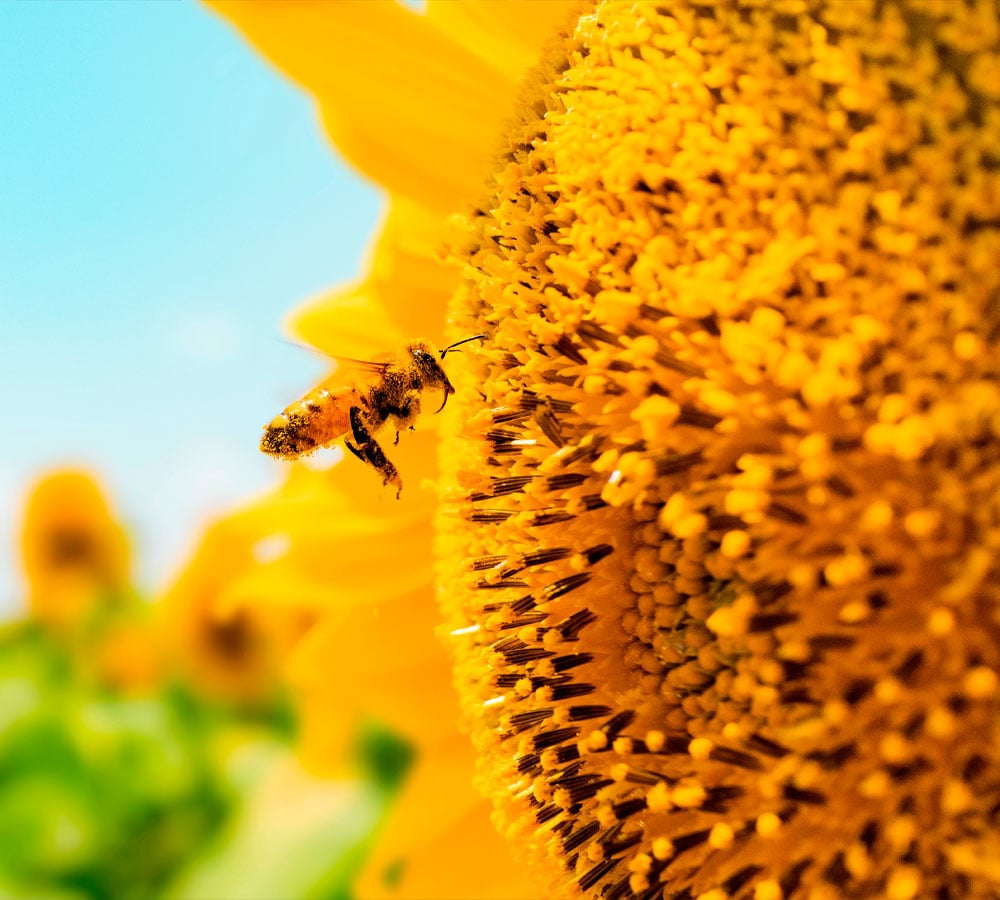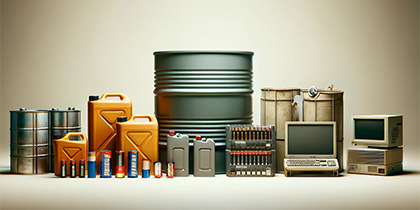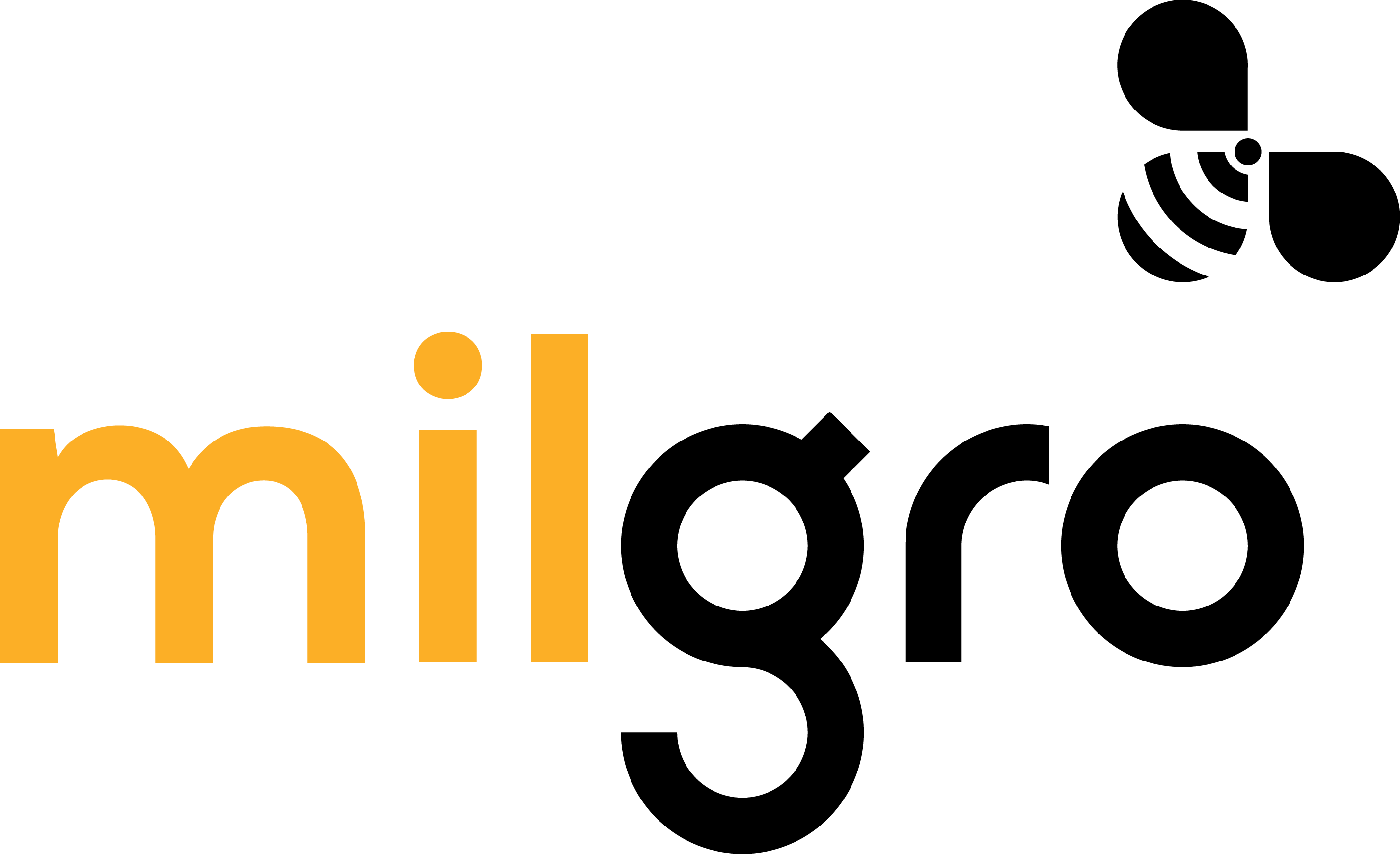Hazardous waste is waste whose composition is harmful to humans, animals or the environment. Examples include batteries, paint residues, chemicals, fluorescent tubes and certain electronics. Proper handling of hazardous waste is mandatory for organizations and prevents safety risks and legal problems. In addition, proper segregation results in lower processing costs.
Hazardous waste and the Eural list: what do you need to know?
The European Waste List(Eural list) clearly defines what constitutes hazardous waste and how your organization should handle it. Each waste type has a unique code, making it immediately visible which waste streams are classified as hazardous.
Organizations are required by law to code waste streams correctly and offer them separately to approved collectors and processors. This registration is checked by environmental services or inspections, for example during environmental audits or checks on permit requirements. This information is also reviewed as part of environmental management systems such as ISO 14001 and during reports for the CSRD .
An accurate registration and separation according to the Eural list prevents fines, minimizes environmental risks and helps your organization comply with relevant laws and regulations.
Practical approach: how do you recognize and separate hazardous waste within your organization?
Effective waste separation starts with awareness and the right collection options within your organization. Employees need to know which waste streams are hazardous and how to recognize them, for example through targeted training and clear internal communication. At the same time, it is important that they can actually separate the waste in the right way. Therefore, provide well-placed, clearly labeled collection tools that match the different waste streams.
Specifically, you can do the following:
- Place clear, visual instructions on waste containers.
- Use clear posters indicating which waste is hazardous and how it should be separated.
- Provide separate collection points at logical locations, close to the source of the waste.
- Inform your employees regularly about changes in regulations and emphasize the importance of correct waste separation.
How does Milgro support correct processing and reporting?
Milgro supports organizations in the efficient, cost-effective and legally correct collection and processing of hazardous waste. And do this completely: from separation to processing.
In addition, we actively pursue innovations in the processing of hazardous waste. More and more is becoming possible: waste streams that used to be difficult or impossible to process are now being processed more and more efficiently and environmentally friendly.
Our dashboard helps our customers with insight into all waste streams. Waste streams are automatically categorized based on the correct Eural code, so you always have up-to-date and concrete data. Hazardous waste is reported separately, so that you are well prepared for audits and inspections. This allows you to easily comply with laws and regulations and keep a grip on your waste management.
We also support employees on the shop floor. Milgro offers practical tools, including a ready-made package of posters. These contain clear images and brief instructions that make it clear which waste is hazardous and how to separate it easily and correctly. This visual support helps your employees easily and correctly recognize and separate waste streams.
Keeping up to date
Want to stay informed about all new developments? Follow us onLinkedIn, listen to the podcast 'Raw material to think about' or subscribe to the newsletter. Are you curious about what Milgro can do for your operations and waste process? Then get in touch.















